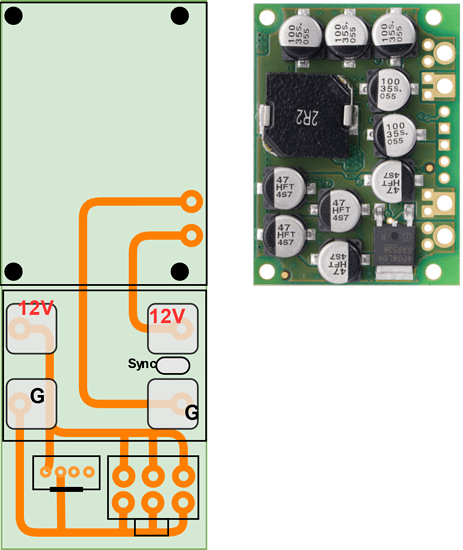Out of boredom, I’m now beginning to thinker with the idea to power the Gamecube with USB C cables. Not sure if that idea will fleshed out with my current PC, or if it will happen in an eventual Gamecube v2. Anyway, I’m beginning the thought process here as it will eventually involved new learnings, such as step-down conversion and PCB making.
“PCB making? What are you saying?” Hold with me here. First, my idea is to use one of those few 200W USB C GaN charger with two ports providing up to 100W (or maybe just two 100W GaN chargers) to provide up to 100W to the PN50, and to the GPU, independently.
If you follow a little bit the news around USB standards, you might wander why I don’t wait for the USB PD Revision 3.1 to land, which would allow up to 240W with a single cable. Although it will be an interesting idea, the spec would be able to obtain those wattage with the use of voltages up to 48V. This would require me afterward to step down the current twice, one time to 19V for the PN50, and one time to 12V for the GPU, which might be space consuming to do.
Therefore, the idea is to use two USB C cables, and to use those nifty USB PD handshake module to ask for 20V charging. However, ideally I would like not risking to solder something on the PN50, so using instead a PN51-S1 (or a future PN52S) which accepts power delivery on the rear USB C is an idea I’m considering.
Staying on 12V as of right now is not the best experience on the long term, as 12V power bricks are rare (and bulky), and powering the PN50 with 12V do bring a performance hit, although it doesn’t really affect me in my use.
“Ok but what does PCB making has to do with all that?” Here’s the fun part. It’s part of a greater idea to make a tighter, more professional Gamecube PC with an eventual v2. With the USB C power delivery, I will be dealing with 20V. No problem for the PN51 as it deals usually with 19V and feeding it 20V will probably be a non-issue.
However, I need to step-down the “up to” 20V 5A down to 12V 8A for the GPU (I’m keeping my option open to power a 90W TDP GPU, like maybe an eventual 3050?). I cannot ask the USB PD module to ask that kind of current, as USB PD specs cap out the 12V delivery at 3A. Plus, I need to use a something like the GxR-DIY to switch the power on or off depending of the power state of the PN50.
With those limitations and consideration, I’m actually tinkering about designing a PCB to have a tidy power delivery thingy for the GPU.
I would solder to it a 12V, 15A Step-Down Voltage Regulator to step down the 20V to a 12V, and I would solder the GxR-DIY to it for the power switch. Plus I would put on the PCB a 8 in GPU socket to power any eventual GPUs, and a 4 pins molex header to power the NVME to PCIE riser. Also, it would have the pin on it to sync with the PN50. The traces on the PCB would be 5mm wide to be sure they can deal with a current up to 8A, judging by this table.
It would be so tidy and professional looking. ^^ I still need to look how I could optimize and reduce the size of the PCB. And if I put inside my current Gamecube, it would require some additional chopping off of plastic so it can fits. So that’s what boredom is trowing me into right now. Beginning to think about it, but might be a while before I put it into execution.


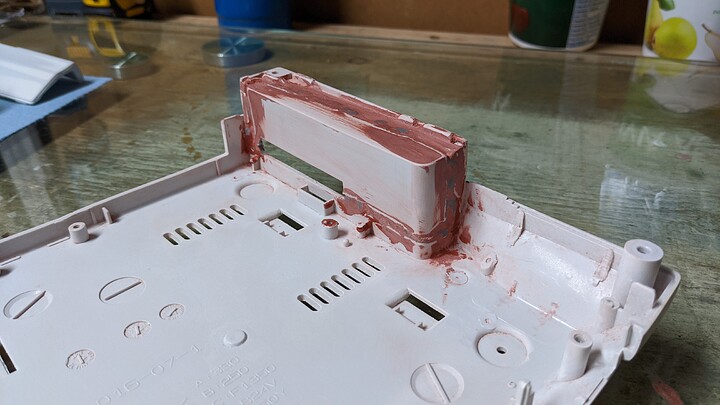
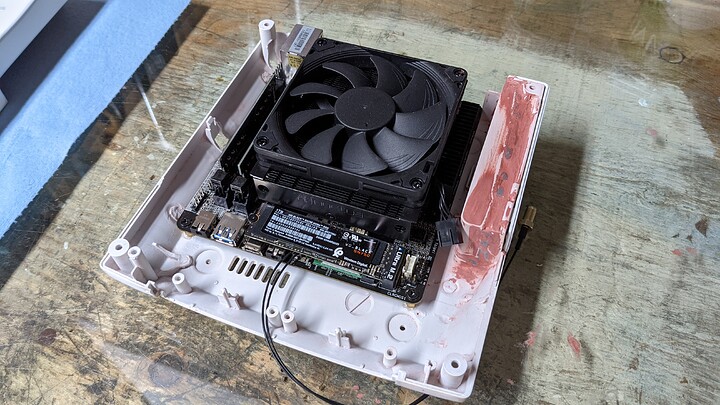
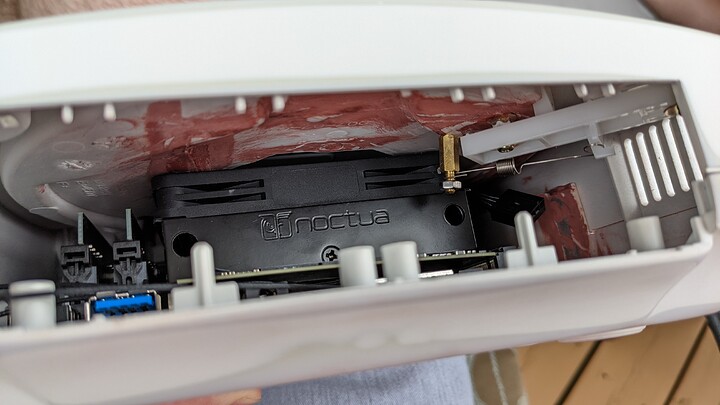

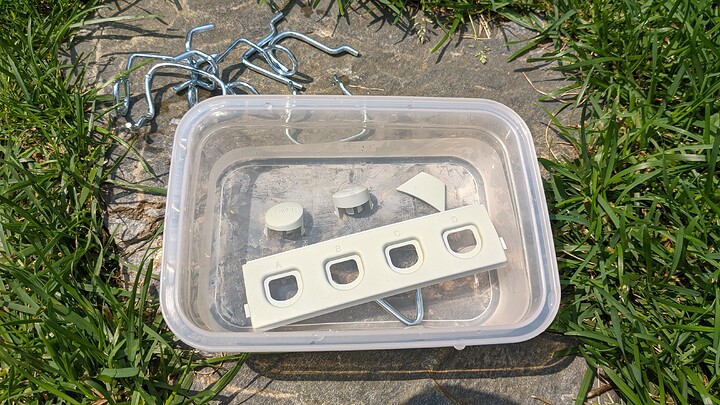

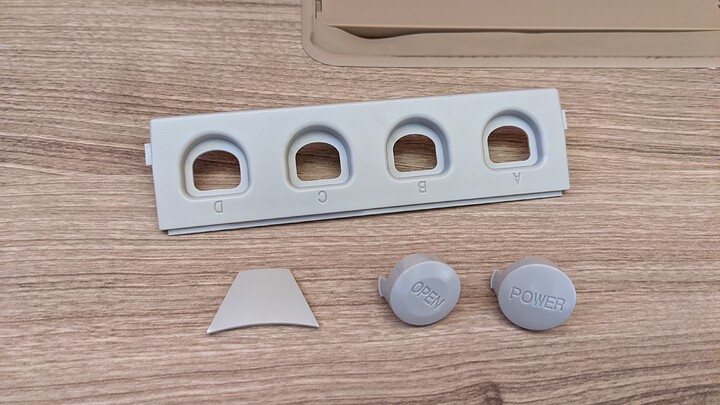
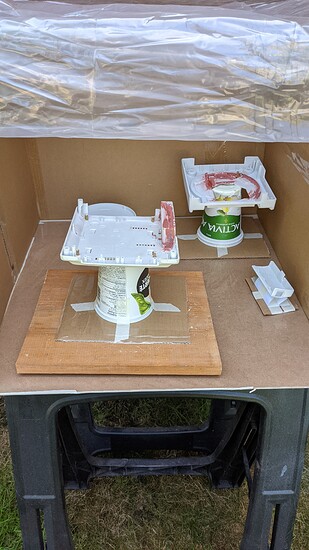

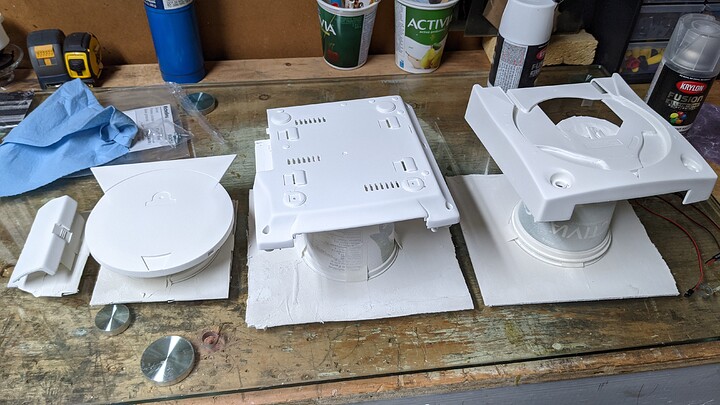
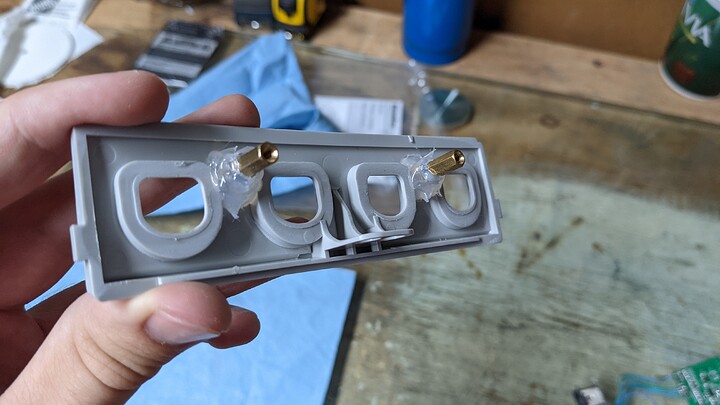
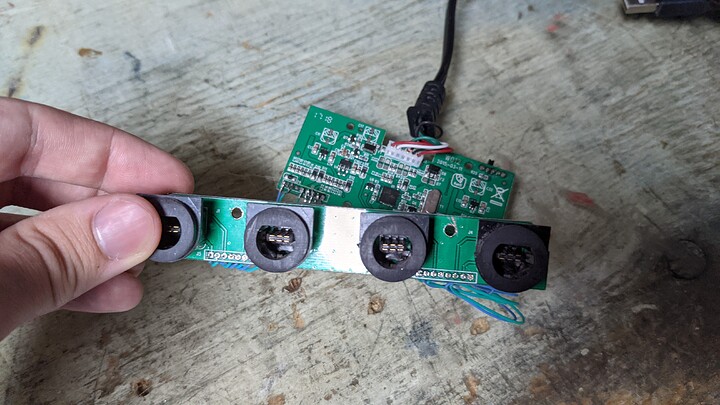
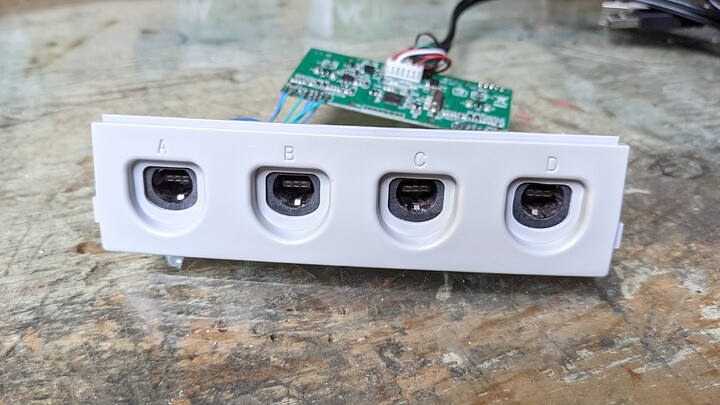
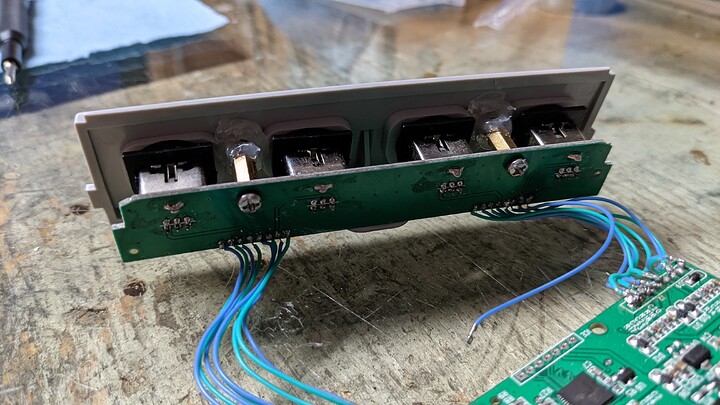
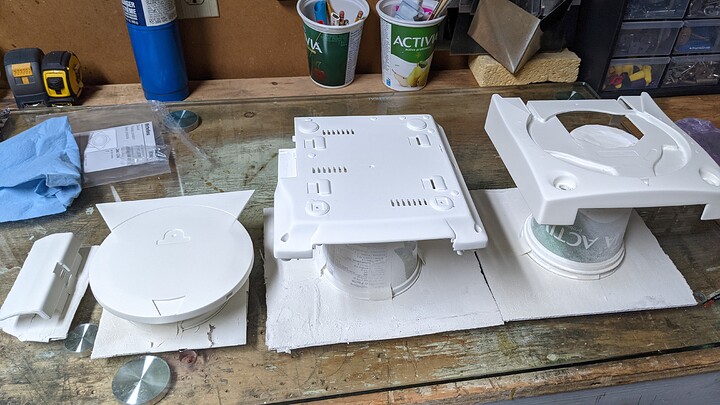

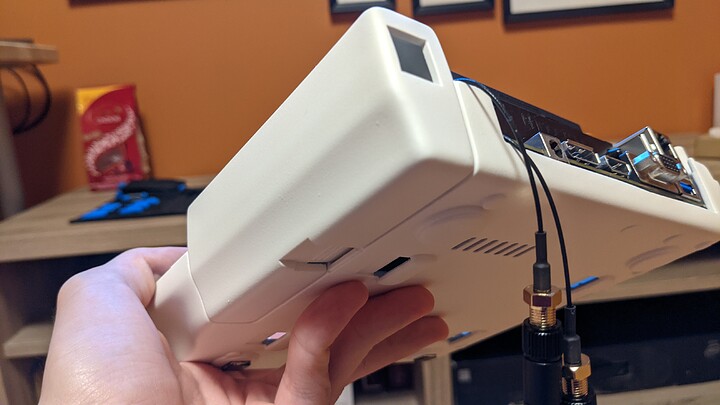



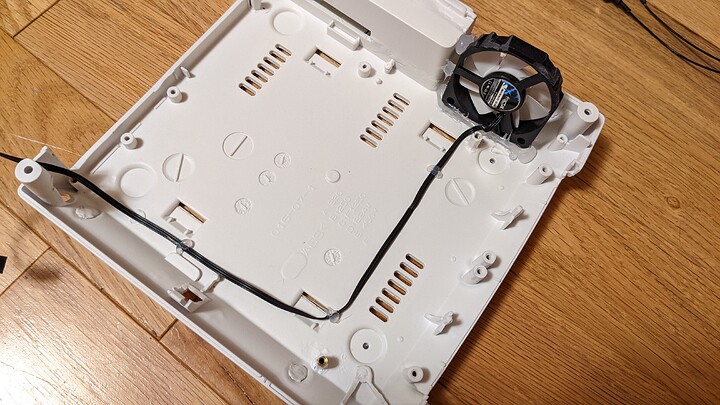

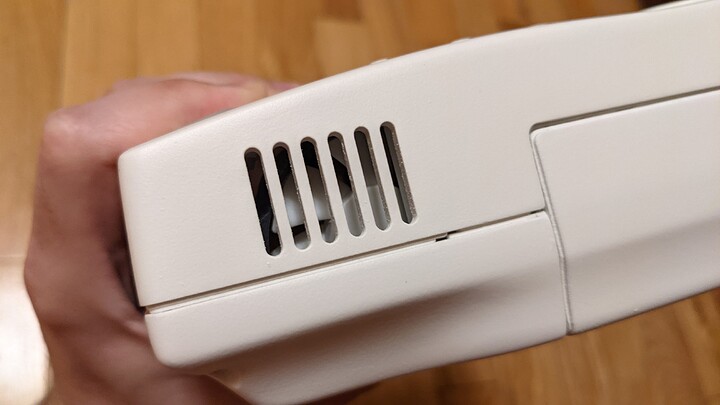
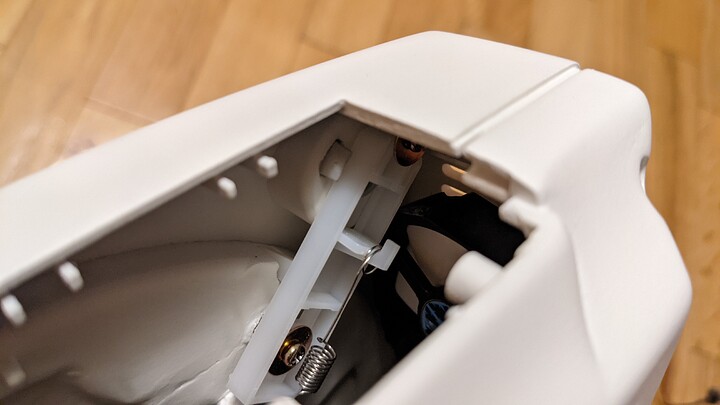
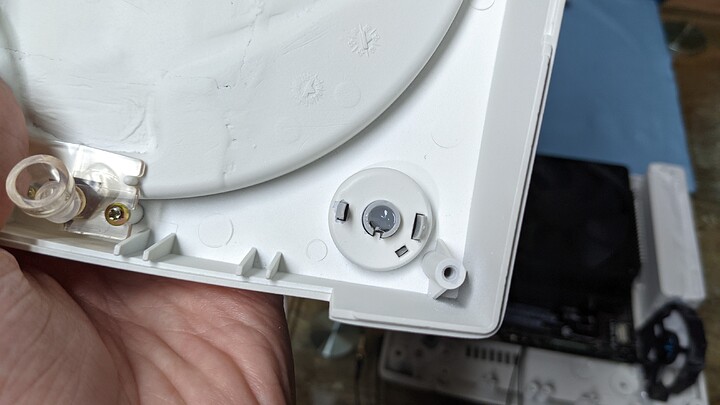
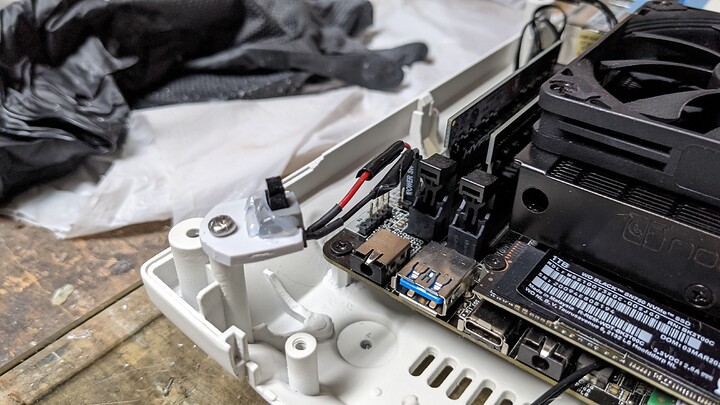

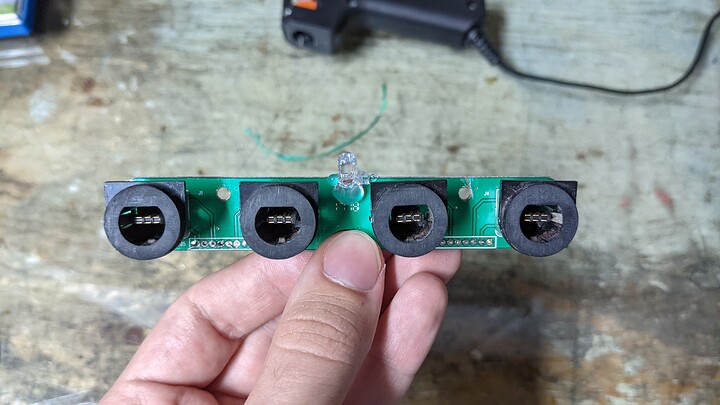
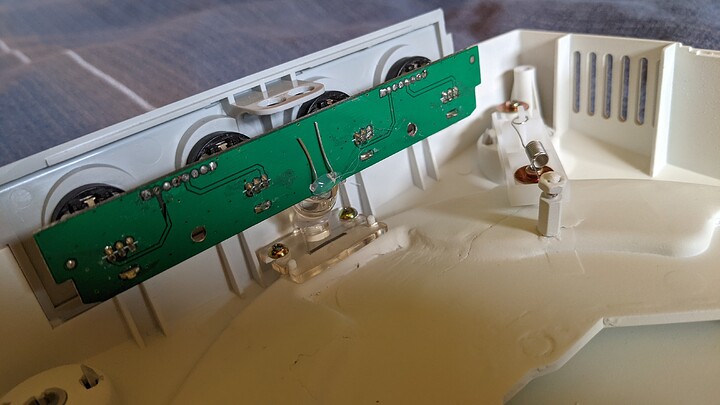

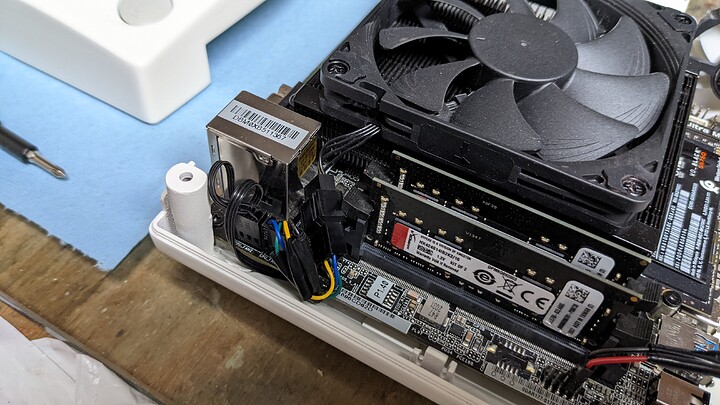

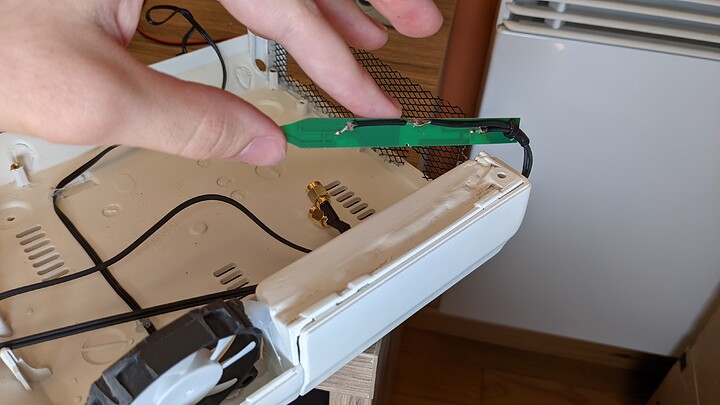
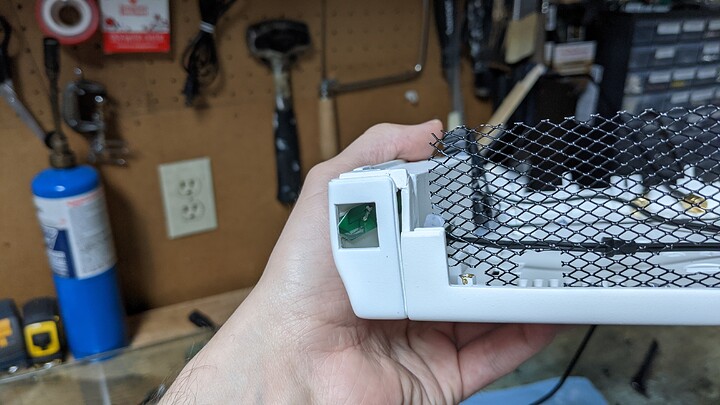

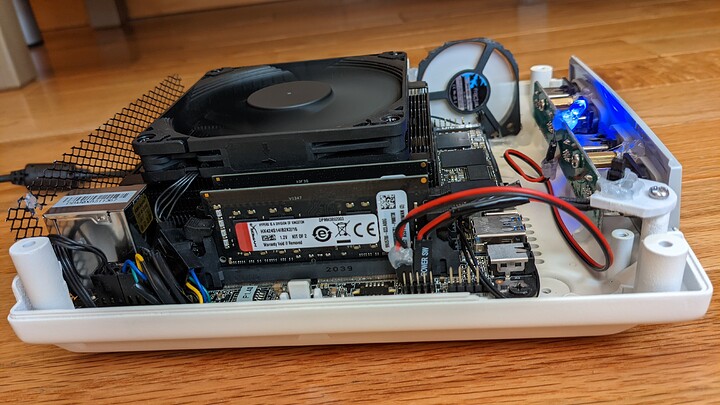
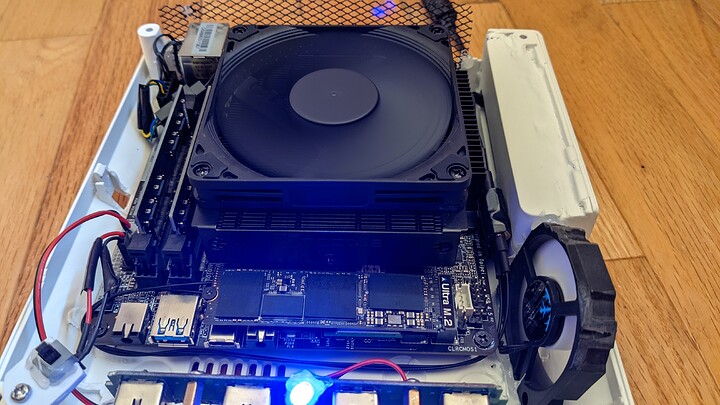
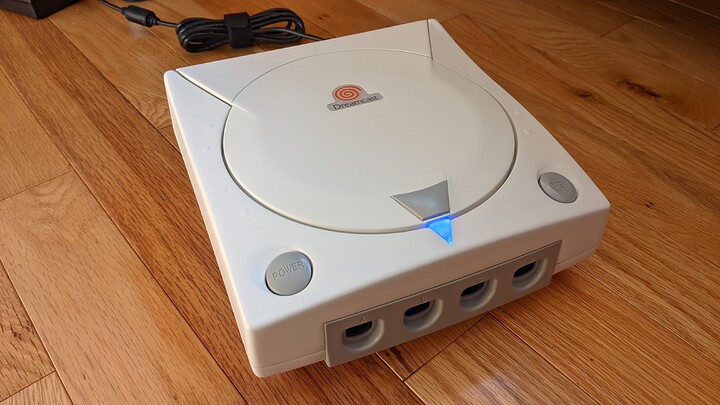
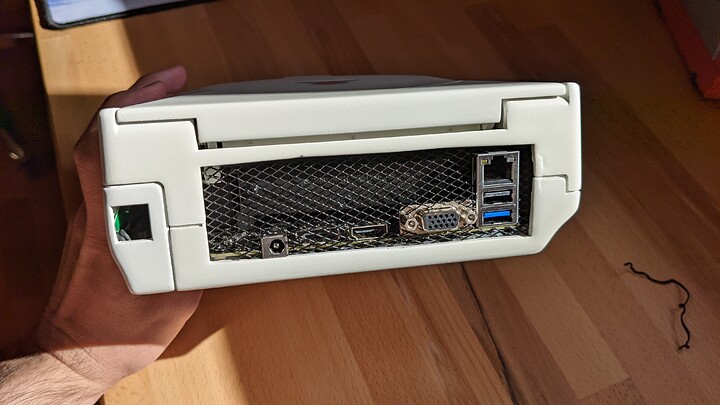
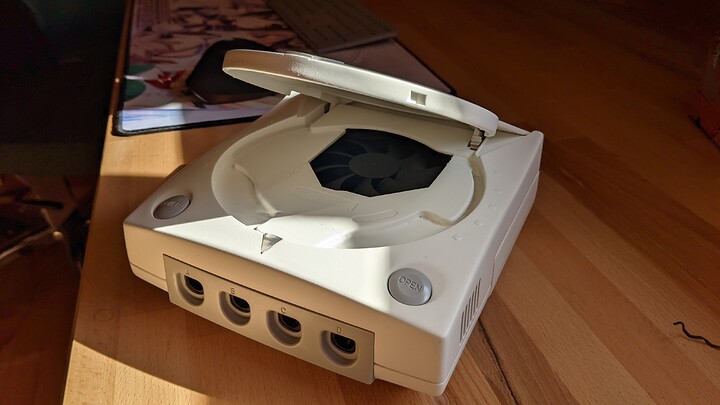
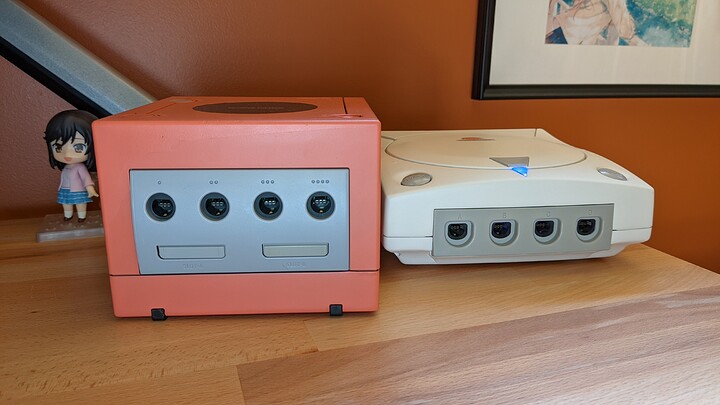

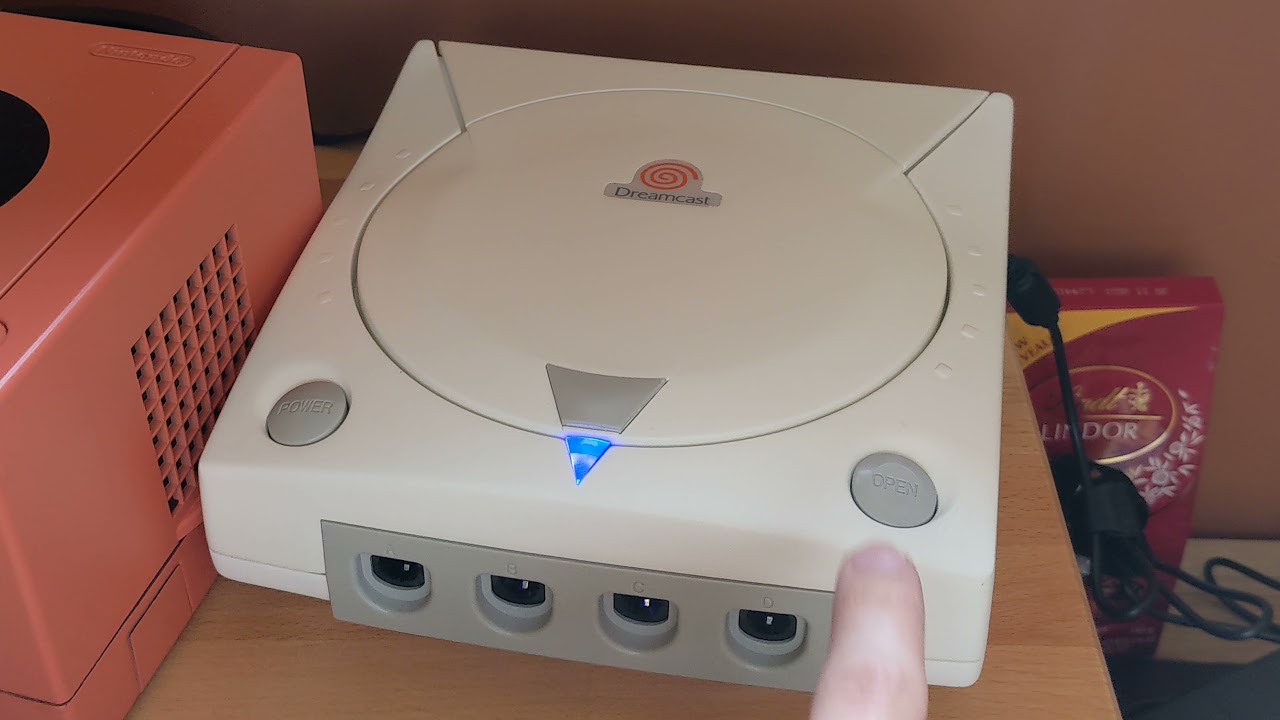

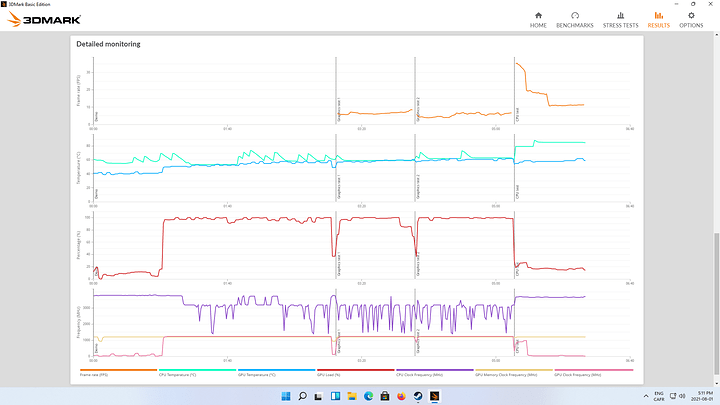
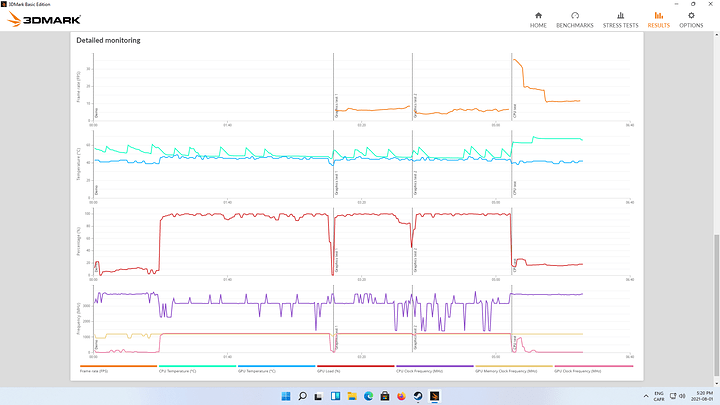
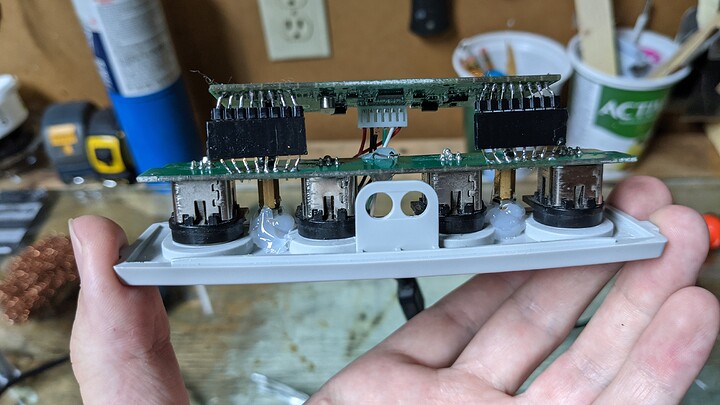
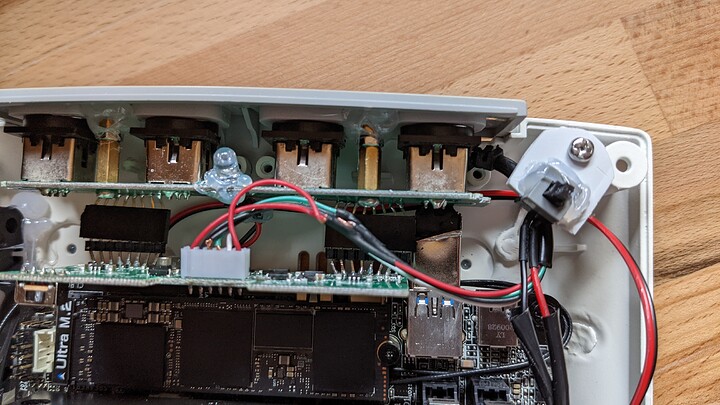
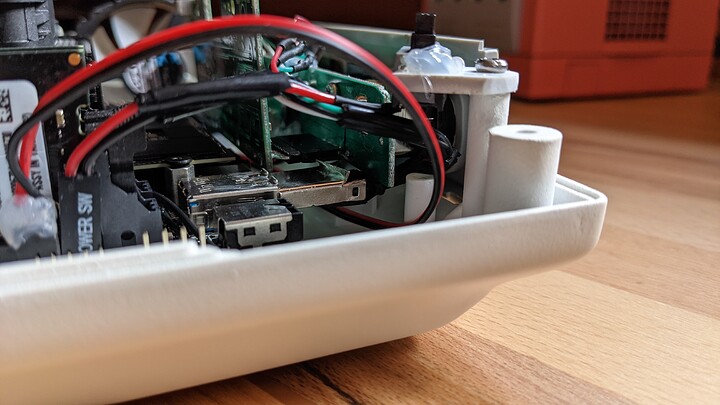

 And did a
And did a 
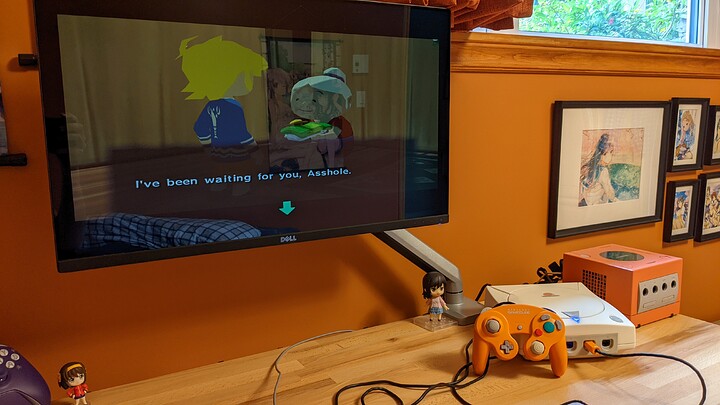
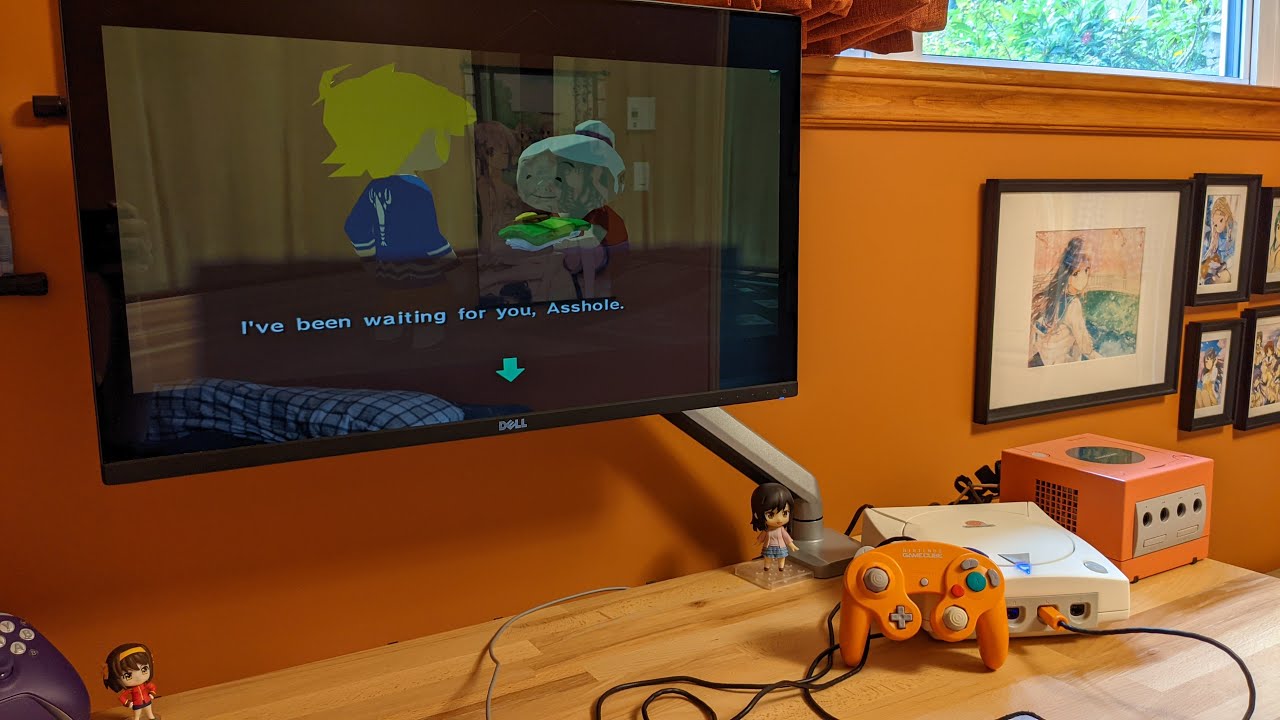

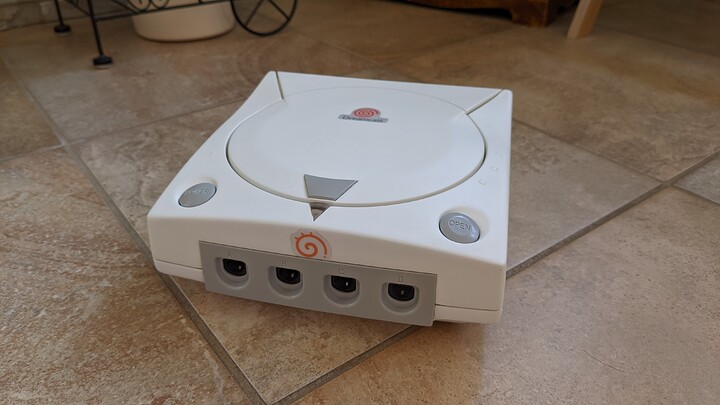
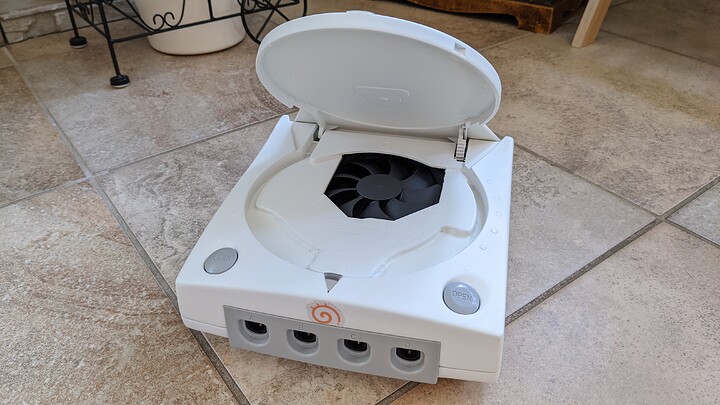
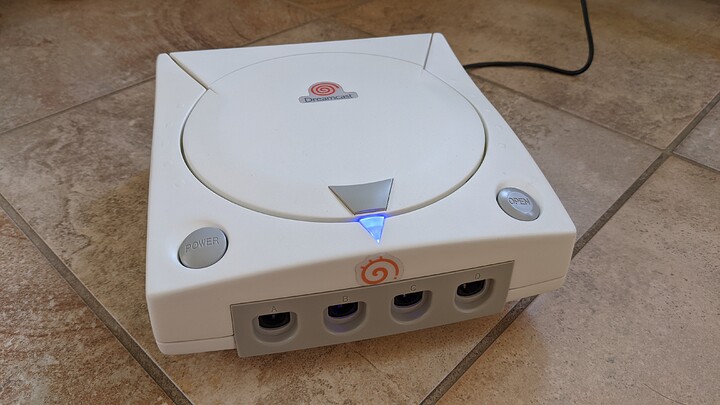
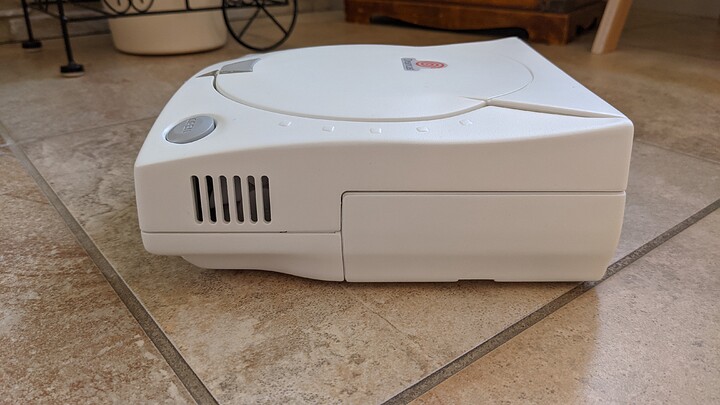



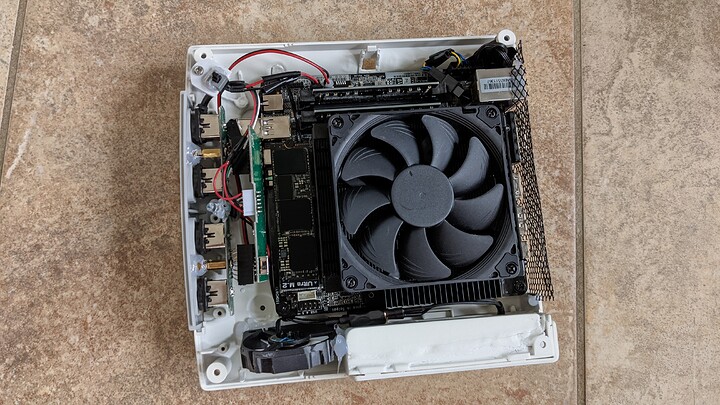
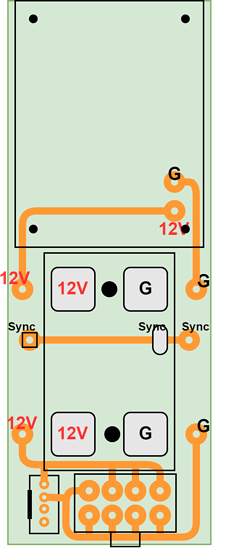



 (but I could do that will see if I find change my mind…)
(but I could do that will see if I find change my mind…)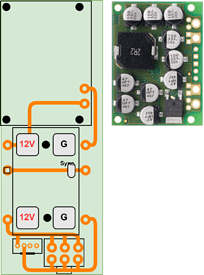
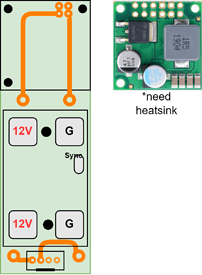
 With the 75W option I would be able to easily put it right away in my build and use it.
With the 75W option I would be able to easily put it right away in my build and use it.